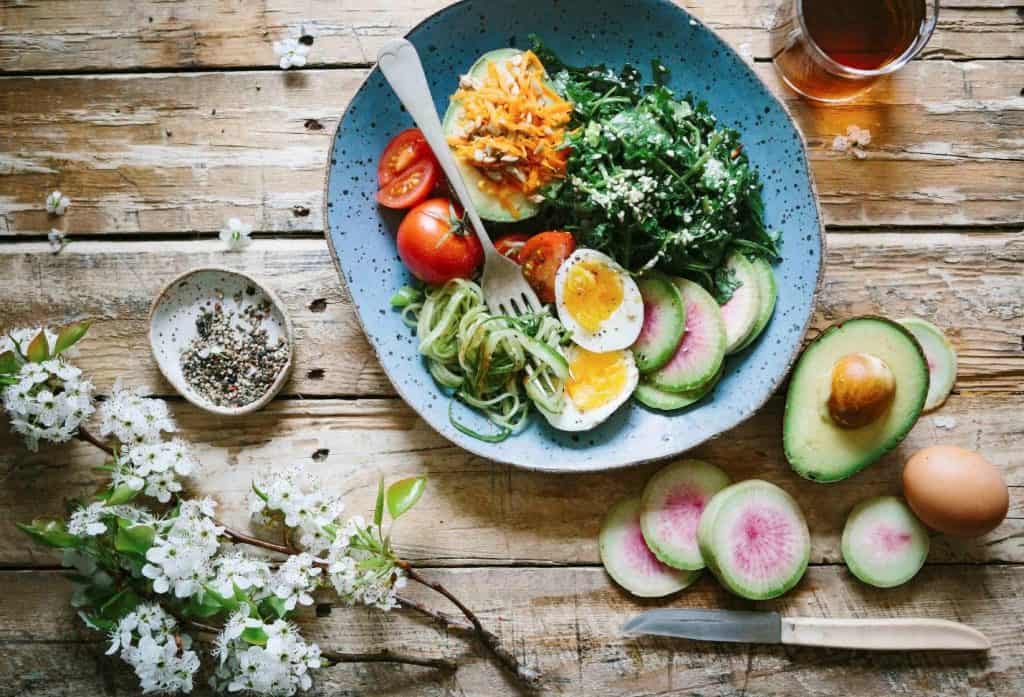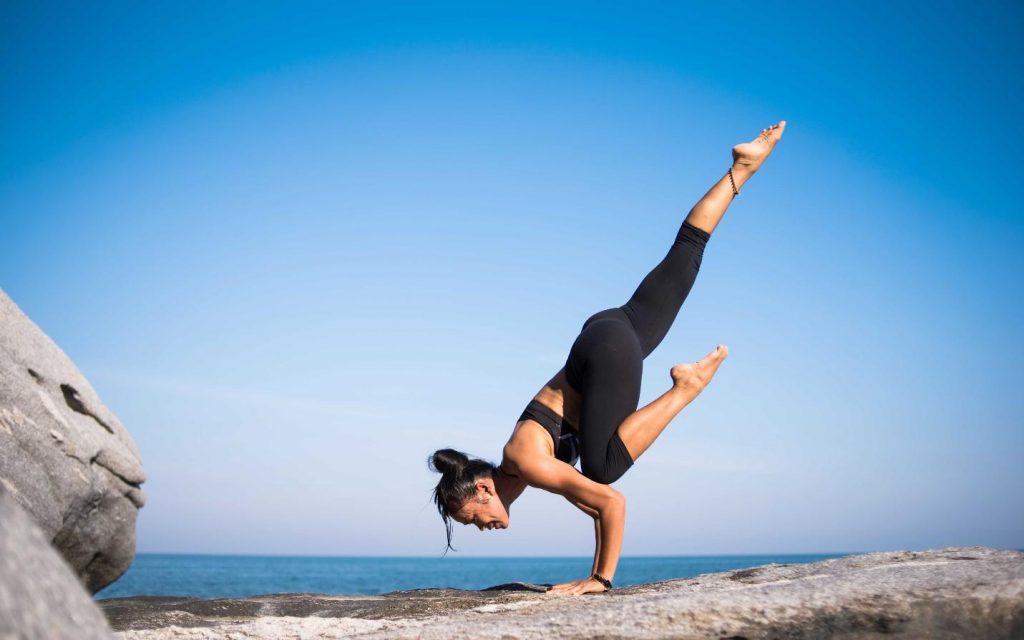
What are veins?
You can see their faint bluish coloring peeking through your wrists; or even in the crook of your elbow. These little tubes carry blood to all parts and organs in our body through a large network known as the circulatory system (also known as the vascular system).
This system is comprised of a complex network of blood vessels in three different categories: arteries, capillaries, and – of course – veins. Arteries carry the newly oxygenated blood from the heart, while veins will carry the deoxygenated blood back to the heart. Capillaries – due to their small size in comparison to their larger counterparts – are designated to carry blood and other materials in between arteries and veins.
But veins don’t just transport blood; they also complete a variety of incredibly important jobs to maintain your body’s homeostasis. Apart from circulating blood, veins also transport gases such as oxygen, necessary hormones to fix any unbalance, nutrients that get absorbed, and drugs – such as ibuprofen or vaccines.
What are varicose veins?
Let’s be honest, aging happens. As your body changes and things begin to change, there is always the chance that some of these changes may result in some issues. Talking strictly about venous diseases, most of these issues occur due to damage of the heart valves.
What this basically means is that blood is being forced to flow backwards to the lower part of our body, causing the blood to clot. Women are already more susceptible to clotting issues after pregnancy, making these venous issues especially common. Over a period of time – the timing varies from person to person based on body type, weight, and overall hormonal factors – the increased pressure from this backwards flow of blood from the damaged valves can lead to swelling, pain, ulcers, and other circulatory related health problems.

Venous diseases typically fall into one of two categories: thrombosis and venous insufficiency. Thrombosis is an issue where a blockage is formed in the vein, obstructing the flow of blood. This will lead to swelling and extreme pain whether being sedentary or moving. Venous insufficiency is when blood accumulates at certain places in veins, which is where we get varicose veins. These will be found most predominantly in the leg region but can occur all over the body.
Reduce Exposure to Heat
We have been hearing from day one that the sun can be incredibly detrimental if the proper precautions aren’t taken. Prolonged heat exposure can cause swelling of the veins, leading to the creation of blood pools and clots in the veins. Excessive heat does not just mean direct sunlight, however. Other things to keep in mind are to avoid taking long hot water baths and to be sure to wear protective gear while working in hot environments for any sustained amount of time. Though this may seem like an obvious tip, in these winter months, it is easy to forget that the Sun and excessive heat exposure is still a contributor to our body’s health.
Diet
DRINK WATER! As every dietitian and health professional will tell you, drinking water is essential for staying in good health. Water also helps with circulation of blood in both arteries and veins. Even though sugary drinks are more preferable to most in taste, increased consumption of sugar results in overproduction of low density lipoproteins – which can succumb to oxidation and cement themselves to the inner walls of veins, obstructing blood flow. For those who are still looking for that fizz, try adding mineral, or sparkling, water mixed with one of your favorite citrus fruits to satisfy those same flavor receptors looking for the fizz from caffeine bubbles in other sugary drinks.

Along with starting better drinking habits, eating healthy is also a way to keep yourself on track. Increase your fiber intake to promote lower cholesterol levels and alleviate symptoms of cardiovascular diseases. When cholesterol levels increase, the formation of plaques – in both arteries and veins – can begin to obstruct blood flow. High cholesterol is one of the leading causes of heart attacks. When trying to decide what to eat, stick with vegetables high in fiber, fruits, oatmeal, wheat and brown rice. VItamin C and K can also help reverse any damage occurring in your vascular system.
Other things you can add to your diet in order to combat varicose veins are Bioflavonoids; which, I know, sounds like something out of a science fiction tale. These bioflavonoids can reduce pain and swelling related to varicose veins and can be found in a variety of foods such as leafy vegetables, grapes, onions, garlic and even berries. One way to introduce these into your everyday life is by making smoothies. As many of us live fast paced lifestyles, a good way to get in some energy and healthy eating is by choosing to have a breakfast smoothie over whatever drive thru is closest to your work.
Exercise
Though in these cold winter months nothing sounds better than curling up in a comfy chair with a blanket or little furry friend, be careful not to spend all day there. Start, break up, and end your day by walking. Brisk walking a few times a day will not only refresh your mood but also help smooth flow of blood through the veins. Regular exercise is also important for both your mental and physical health. Sitting around all day can constrict blood flow; so get up and move! Your body will thank you for it.

Clothing and Fashion
With all this pressure in society to look a certain way, tight clothes and high heels always seem to be front and center; but are they doing more damage than good? Tight clothes create compactness and presses hard on veins, which decreases flow of blood. If you are wearing high heels for an event, bring an extra pair of shoes to wear to and from the event and even consider loosening the shoes if you know you are going to be sitting for a while – but don’t forget to secure them before you stand back up.
Seek Treatment
Varicose veins are the most common problem to occurs at any age but is found most predominant in the elderly. Do not hesitate to consult your doctor even though some may consider it a minor “vanity” problem. One can start using compression stockings over the affected regions, which can decrease the swelling and pain. The stockings work by contracting the muscle surrounding the veins and relaxing them, resulting in smooth flow of blood.
Though Varicose veins can be treated at home, do not hesitate to consult your family doctor in case of excessive swelling and pain. Do not let the fact that this is not a medical emergency deter you from wanting the best for your mental and physical health. Doctors with the USA Vein Clinics (www.usaveinclinics.com) can determine the level of venous insufficiency by performing a basic ultrasound.

